For nonprofits, operational efficiency is important for maximizing impact. However, most of these organizations operate with limited resources, making it essential to adopt technology that streamlines operations and improves engagement with donors, volunteers, and stakeholders.
One such technology is the customer relationship management (CRM) system.
CRM is now becoming an integral part of nonprofits, helping them manage their operations more effectively. This blog highlights how CRM integration can streamline nonprofit operations, enhance relationships, and ultimately drive greater impact.
Also, we’ll be talking about the role of nonprofit conferences in helping effectively integrate CRM systems.
Article Shortcuts:
- Key Benefits of CRM Integration in Nonprofit Organizations
- How Nonprofit Conferences Support CRM Adoption
- Best Practices for Successful CRM Integration
- Frequently Asked Questions About Nonprofit CRM Integration
Why CRM Matters for Nonprofits
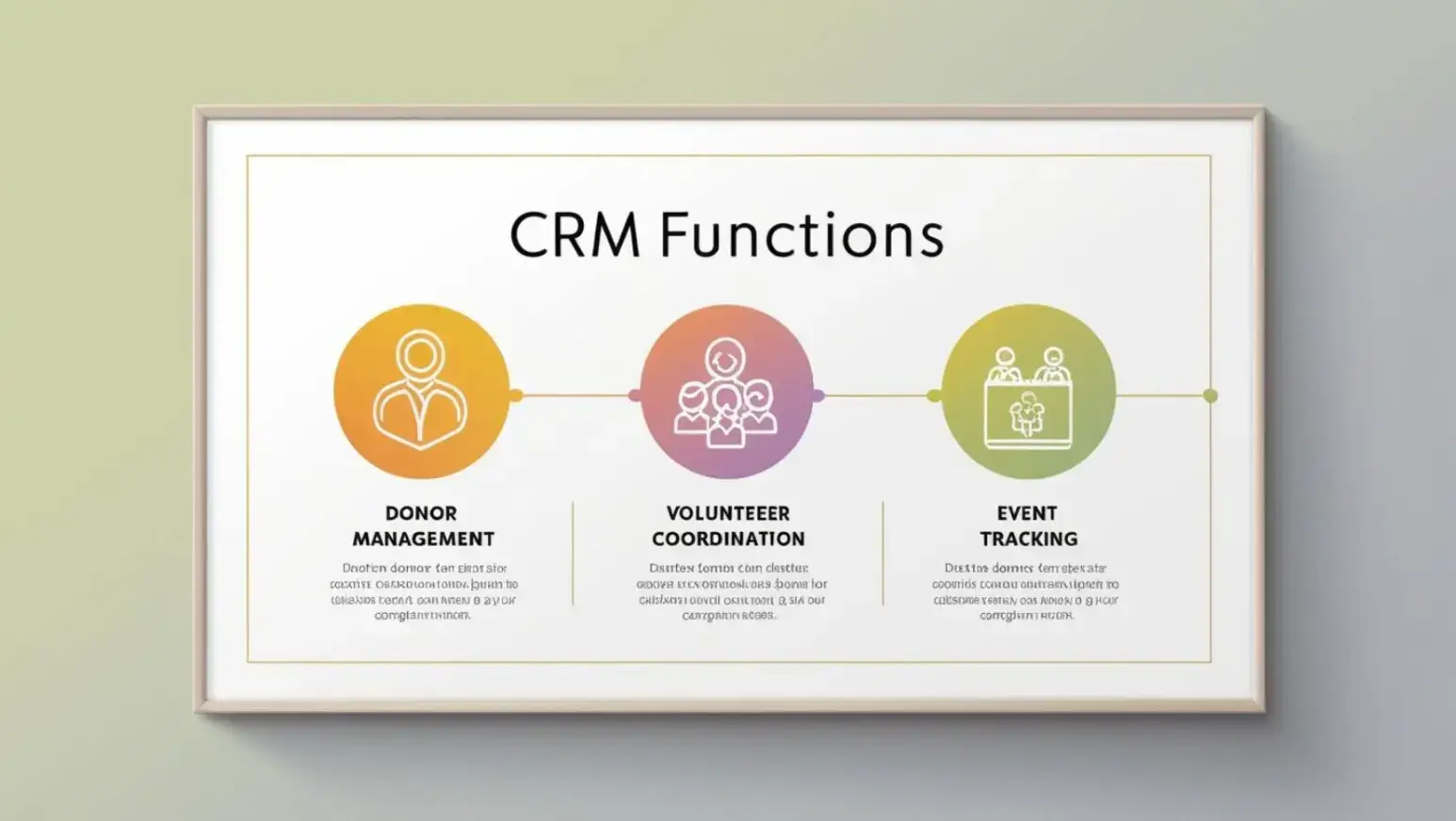
From donors to event attendees and volunteers, there’s a vast amount of data that nonprofits need to manage. It is where things can get overwhelming. However, with CRM software, nonprofits can access all the interactions and data in one place, helping them manage donor relationships more efficiently.
Here are the key functions of nonprofit CRM:
- Donor Management: Track donations, communication, and engagement history for each donor, leading to more personalized outreach.
- Volunteer Coordination: Manage volunteer schedules, roles, and communication to keep your team organized.
- Event Management: Plan, promote, and track the progress of fundraising or awareness events with ease.
- Fundraising Insights: Analyze donor data and trends to strategize future campaigns and improve donation collection.
The benefit of centralized and organized data is that nonprofits can provide a more personalized and responsive service, resulting in stronger relationships and greater impact.
Key Benefits of CRM Integration in Nonprofit Organizations
Implementing a CRM system can help nonprofits in many ways, including:
1. Save time with streamlined workflows
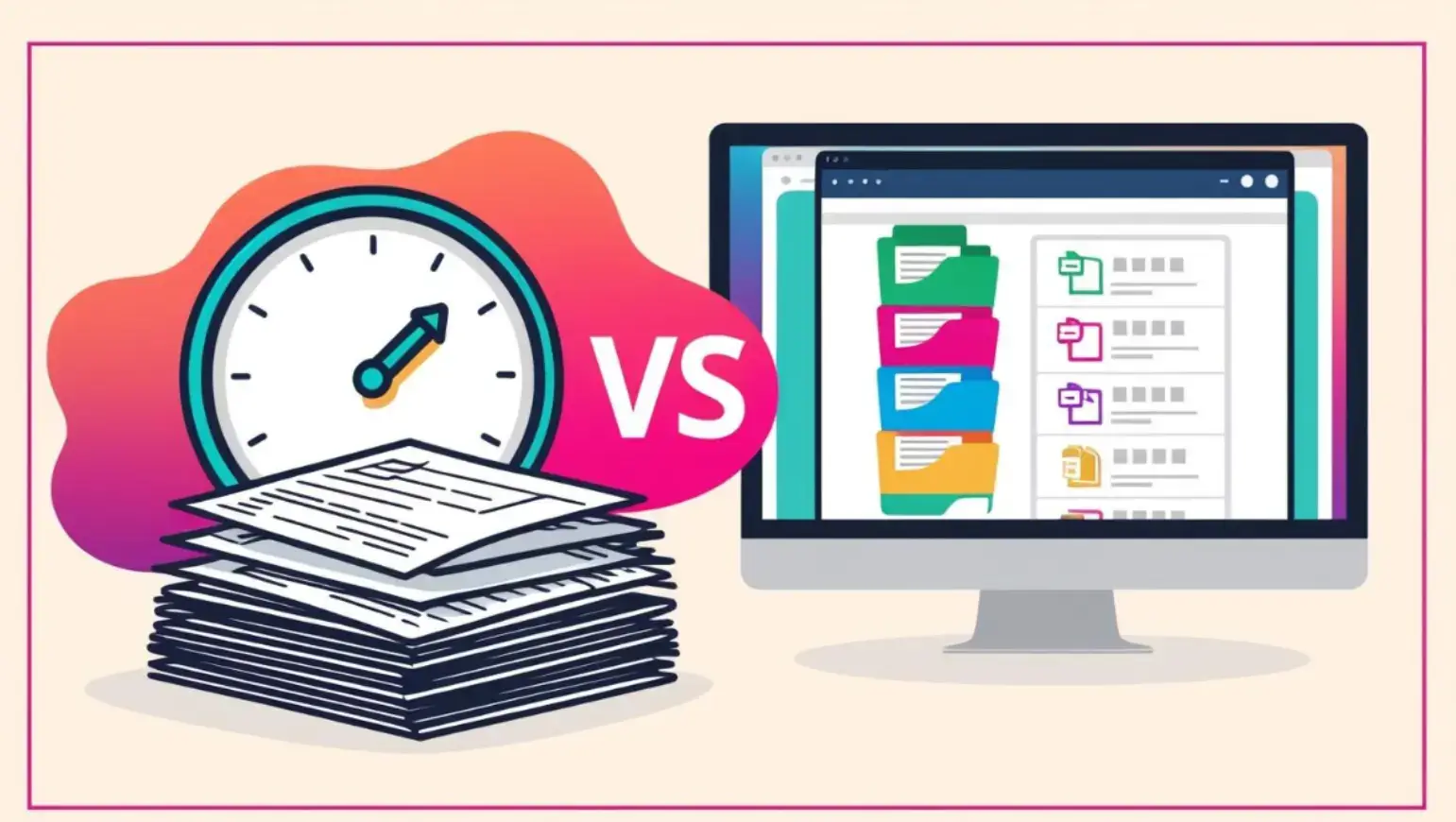
With the help of a CRM system, nonprofits can have all the data in one place. This not only eliminates the need for manual record-keeping but also reduces time spent on administrative tasks.
Nonprofits can focus on other meaningful tasks, like relationship building or planning impactful events.
2. Make data-driven fundraising decisions
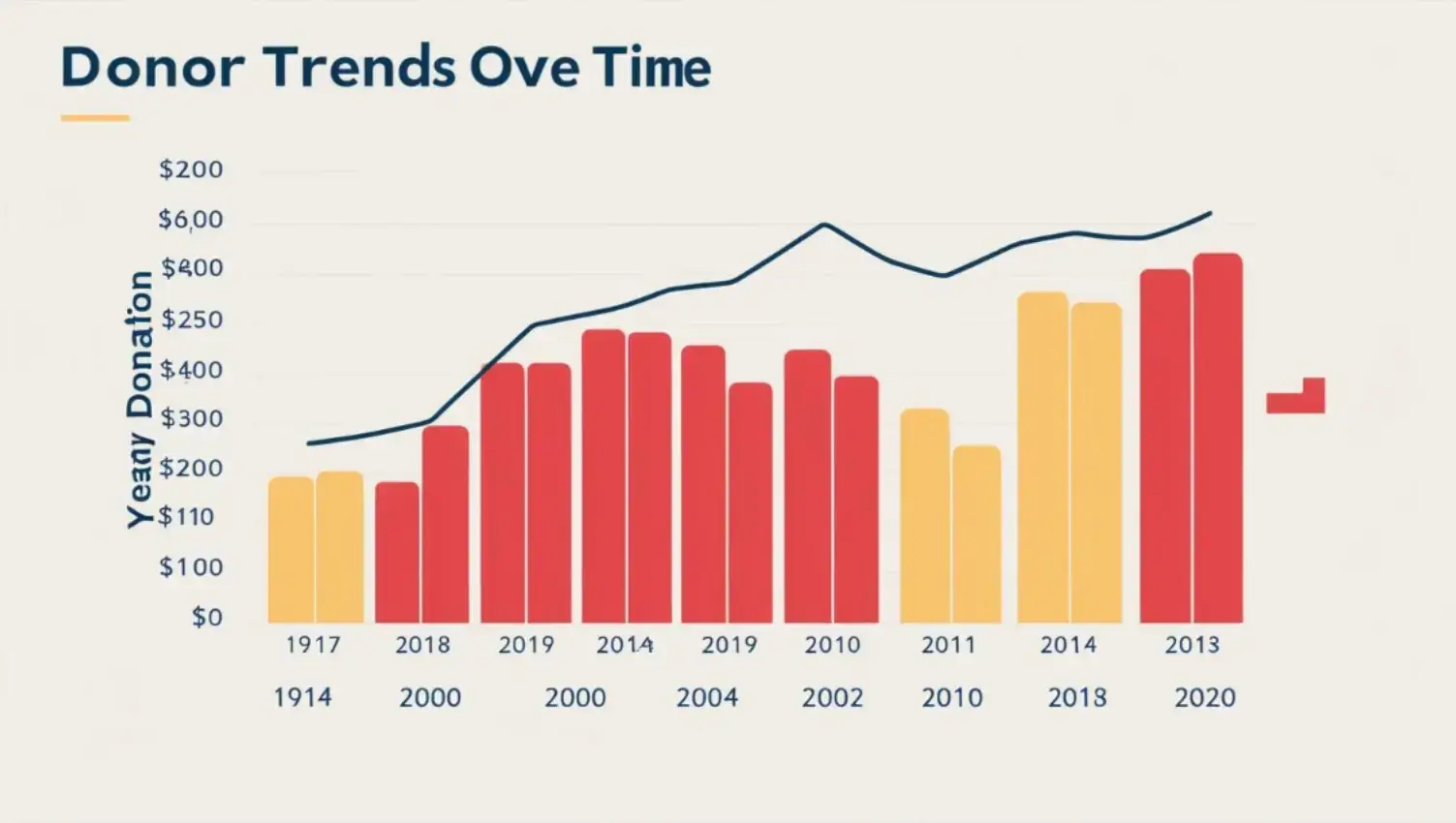
CRMs provide nonprofits with insights into donor behavior, trends, and how they engage with them.
Based on these insights, organizations can make informed decisions, optimize their fundraising strategies, segment donors, and personalize their donor outreach campaigns.
3. Improve communication with stakeholders
With the help of a CRM system, nonprofits can communicate more effectively with stakeholders.
Whether it is sending personalized thank-you emails to donors, inviting volunteers for upcoming events, or sending newsletters, CRMs ensure that the message reaches the right person at the right time.
4. Increase donor retention with personalization
Donor retention is important for nonprofits to ensure sustainability and increase their donor base. It is where CRMs can help nonprofits understand the needs and preferences of their donors better, which is reflected in their communication. This personalized communication leads to stronger relationships and increased donor loyalty and retention rates.
How Nonprofit Conferences Support CRM Adoption
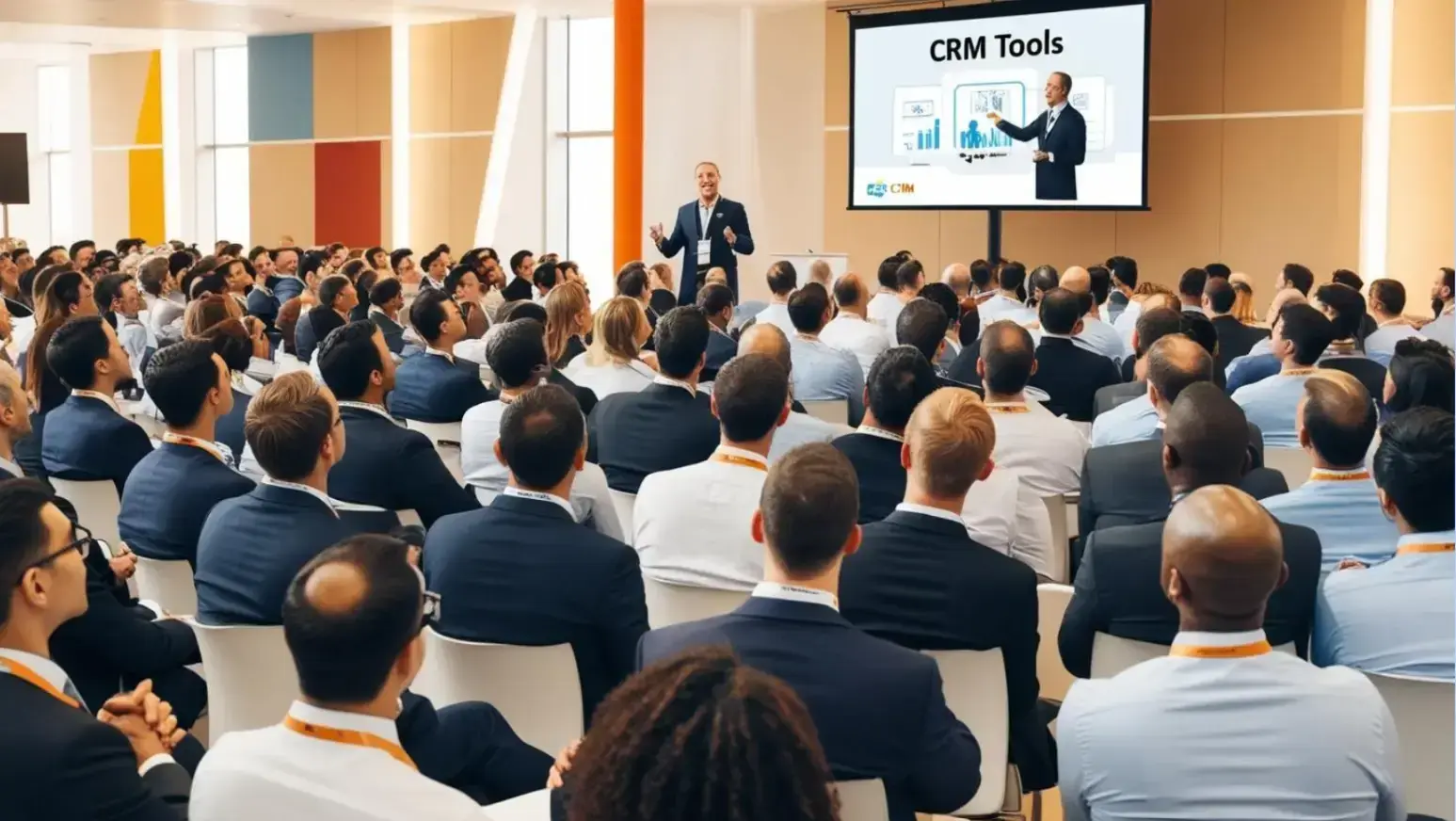
While the benefits of CRM integration are clear, nonprofits often struggle to adopt and implement these systems. It can be for many reasons, including a lack of expertise, knowledge, and training.
It is where nonprofit conferences come in. These conferences are an invaluable resource for nonprofit leaders and staff who want to learn how to streamline operations using CRM systems.
Apart from skills, these conferences are a great way to network with peers and learn new strategies that can help their organizations thrive.
Key benefits of attending these conferences include:
1. Learn from CRM experts and consultants
Many nonprofit conferences feature CRM experts who can guide organizations through the complexities of CRM integration, offering real-world solutions to common issues.
2. Get hands-on training and demos
These events often include interactive workshops that allow nonprofits to learn how to use CRM systems effectively. Participants can receive hands-on training and practical tips for optimizing their CRM use.
3. Build peer connections and learn best practices
Nonprofit conferences provide opportunities to connect with other organizations that are also integrating CRM systems. These connections can lead to valuable partnerships, sharing of best practices, and collaborative problem-solving.
4. Discover new nonprofit tech tools and trends
Attendees can explore the latest CRM tools, software, and features designed specifically for nonprofit organizations, ensuring they are equipped with the best technology to achieve their mission.
There are a lot of nonprofit conferences in 2025 that you can attend. We’ve compiled a list of some of them for you:
- Donorbox Fundraising Forward - Jan 2025
- Nonprofit Technology Conference (NTC) - April 2025
- Generosity Xchange - October 2025
- AFP ICON - April 2025
- Good Tech Fest - May 2025
AFP ICON 2025 is one event that you shouldn’t miss this season. It is a great opportunity to connect with thousands of fundraising professionals and learn from top industry speakers. It is happening on April 27-29 2025, and expected to draw attendees across the world.
“We’ve seen firsthand how the right CRM integration can transform operations—whether you're managing leads in finance or donors in a nonprofit,” said Ante Mazalin, Marketing Manager at SuperMoney.com. “Centralizing data improves communication, reduces manual tasks, and helps teams focus on what really matters: building meaningful relationships.”
Best Practices for Successful CRM Integration
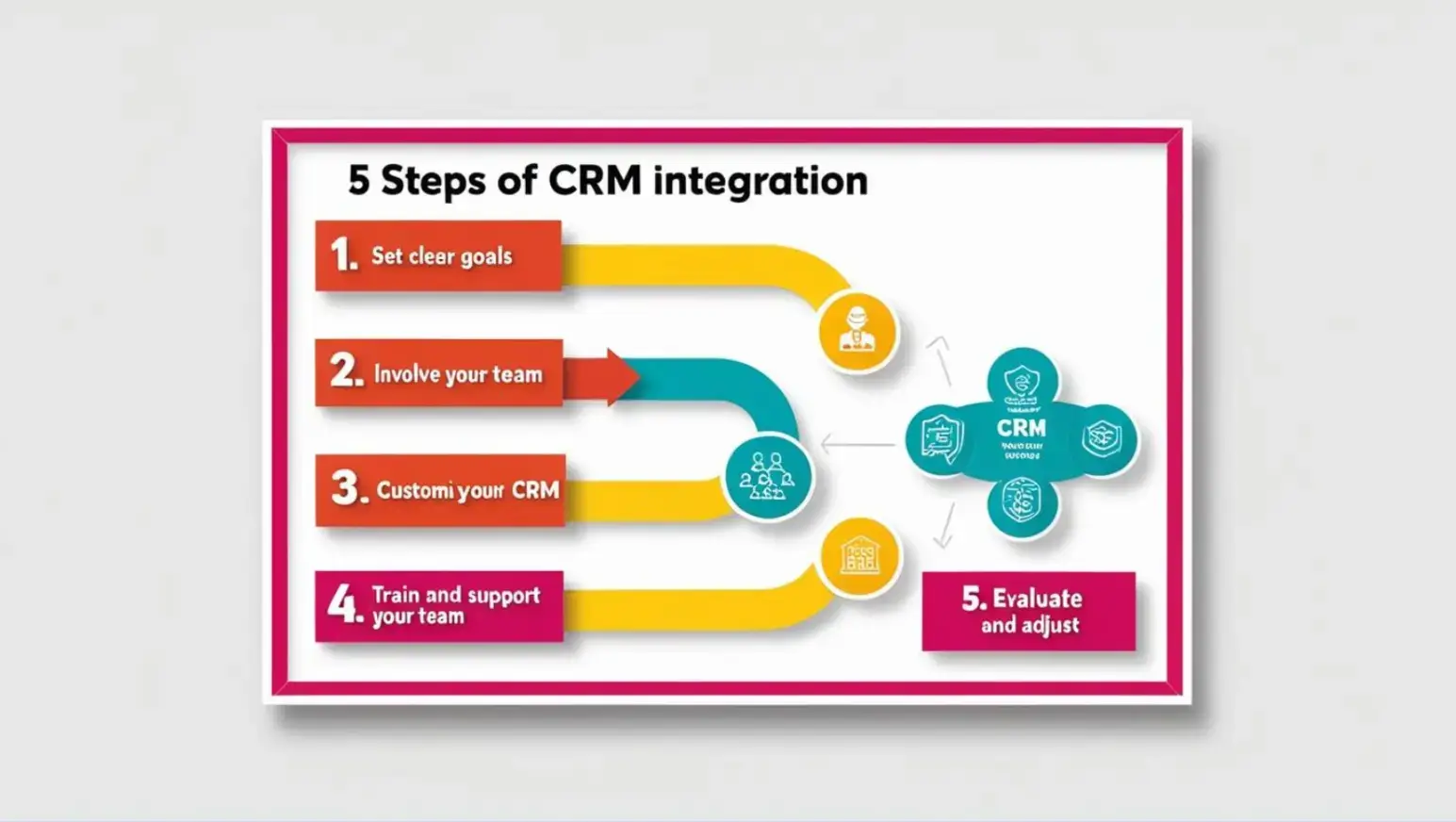
Successful integration of nonprofit CRM doesn’t end with installing a new system - it involves a comprehensive strategy. Here are some key strategies to consider:
1. Define your nonprofit's CRM goals
Before adopting a CRM system, set clear goals you want to achieve- whether it’s increasing donor retention, improving volunteer management, or enhancing communication.
2. Involve your entire team early
It’s important to engage a team early on, from leadership to frontline staff, and ensure they understand how CRM will improve their workflows. This includes coordinating effectively whether you’re working in person or as a remote team.
3. Customize your CRM to fit your workflow
Each nonprofit has unique needs, so make sure you customize your CRM system to your organization’s needs. Add integrations like email analytics, VoIP phone calling, and social media tools to create a more connected and efficient experience.
Work with a nonprofit CRM provider to tailor the system to your needs, ensuring that it fits seamlessly in your existing workflows.
4. Provide ongoing training and support
One of the key challenges of CRM integration is making sure that your team knows how to use the system effectively. Hence, providing training and ongoing support is important to make everyone feel comfortable using the tool.
5. Evaluate CRM performance and adjust often
Once the nonprofit CRM is integrated, its effectiveness will be regularly re-evaluated. Does it meet your goals? Has it improved your nonprofit operations? Adjust your strategy as necessary to ensure long-term success.
Frequently Asked Questions About Nonprofit CRM Integration
1. How can nonprofits ensure successful CRM adoption among staff?
Successful CRM adoption starts with involving your team early in the process. Provide clear guidance, tailored training sessions, and continuous support.
Show how CRM tools will improve workflows, not complicate them. This blog on how CRMs help small businesses grow offers insights that nonprofits can also apply when rolling out CRM systems.
2. What are the key features to look for in a nonprofit CRM system?
Look for tools that support donor and volunteer management, event coordination, automated communication, and insightful analytics. A CRM that integrates easily with your existing tools and offers customisation options can make a big difference in efficiency and engagement.
3. Can CRM systems assist in managing nonprofit events and conferences?
Absolutely. CRMs can streamline everything from registration forms to follow-up emails. Using a tool like POWR’s suite of forms and integrations, nonprofits can improve event workflows and enhance attendee engagement without needing technical expertise.
4. Is CRM integration only useful for fundraising?
No, while fundraising is a big focus, CRM systems are also valuable for volunteer management, event planning, advocacy campaigns, and stakeholder engagement. They centralise all interactions so nonprofits can build stronger, long-term relationships across all areas.
5. How can I train my team on using a new CRM?
Most CRM providers offer onboarding materials, tutorials, and customer support. You can also attend CRM-focused sessions at nonprofit conferences or host internal workshops.
Consider designating a CRM “champion” on your team to lead adoption and troubleshoot issues.
6. What are the common challenges in CRM implementation for nonprofits?
Some of the common hurdles include
- Resistance to change
- Lack of training
- Unclear goals
- Data migration issues
These challenges can be addressed with early staff involvement, clear implementation plans, and support from CRM vendors or peer organisations.
7. How long does it take to integrate a CRM into nonprofit operations?
The timeline varies based on your organization’s size and tech readiness, but most nonprofits can fully integrate a CRM system within 2–8 weeks. Attending conferences and getting training can speed up adoption and reduce tech friction.
Closing Thoughts
CRM integration with tools like POWR can transform the way your nonprofit organizes and promotes conferences.
With POWR, you can create beautifully designed landing pages, registration forms, countdown timers, and contact forms, making it easier to collect leads, manage RSVPs, and boost attendee engagement. These features not only streamline your event planning but also help you build lasting relationships with your audience.
If you're a nonprofit planning to host a conference in 2025, leveraging CRM systems alongside tools like POWR can enhance your event’s impact, increase attendance, and drive deeper supporter connections.
Get started with POWR now. Sign-up for free!
Author Bio
Ankita is an outreach specialist at SaaSifypro.com. With more than four years of experience along with communication skills, she develops and implements effective outreach strategies that deliver goal-oriented results. Email ID: ankita@saasifypro.com



